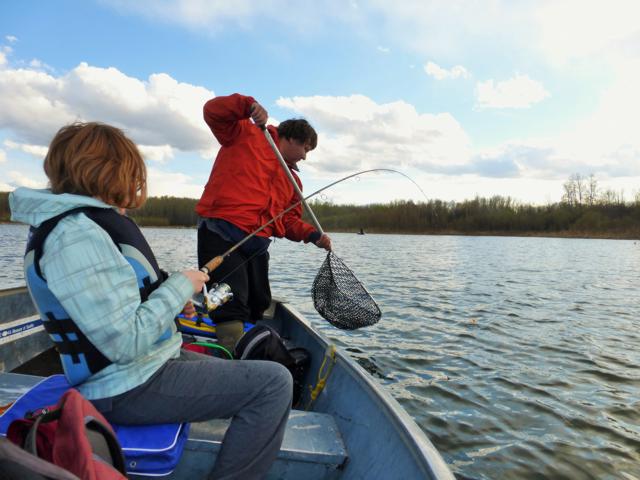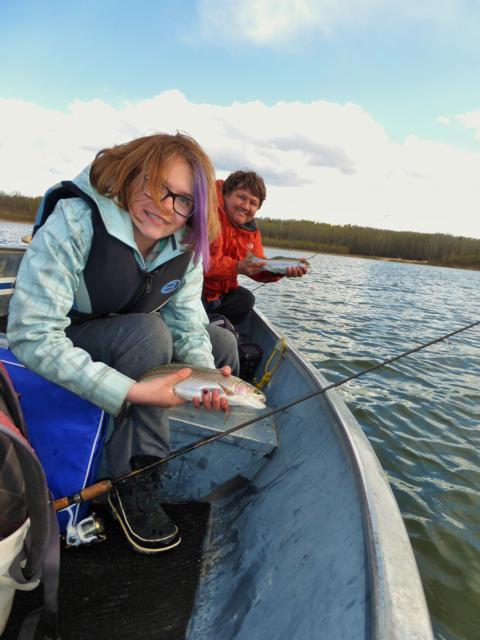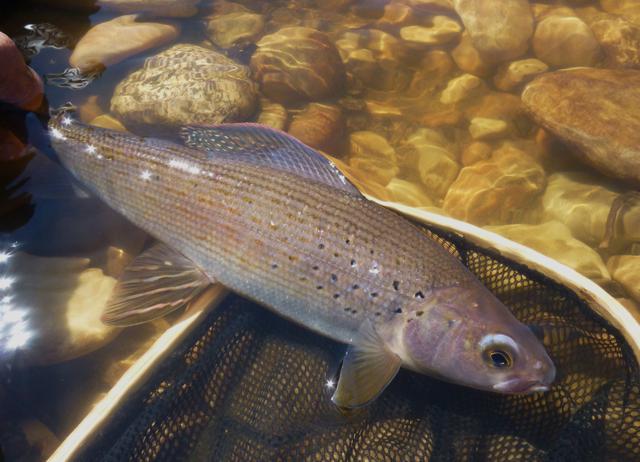I'm at Muir Lake, fishing for rainbows and I'm using a bobber and bead head fly. As it drifts quietly on the surface the bobber plunges under. What to do? It’s as obvious as it seems. I reel up the slack line until I feel the weight of the fish, then I set the hook. Fish on. But what happens when that bobber simply stops drifting, or say it goes under, but goes under real slowly? It might be a fish, often times it is, but a lot of times these bumps, and stops are simply not associated to a fish biting. Detecting a bite, when that bite is not so obvious will mean more hook ups, and better days in the field.

Fishing for rainbows on Muir Lake
To simplify, I'm gonna stick to bobber fishing as an example, but if you apply this one golden rule to all your fishing efforts, you will catch more fish. Simply said, if anything odd, strange, out-of-the-ordinary, or whatnot happens to your line, set the hook. Follow this one bit of advice and your catch rate will likely double. Now here are some examples as it applies to bobber fishing.


Sucess with bobber fishing
I was stream fishing where there were plenty of rocky mountain whitefish. I had just come from a lake and still had a bobber and bead head fly tied on my line. Rather than change it up, I left it on and cast upstream. At about the same spot on each drift, the bobber repeatedly stopped for a second or two, then it would resume its downstream drift. Thinking these could be fish all bunched up in the same area, the next time the bobber stopped, I lifted my rod and caught a whitefish, then I caught another, and another. By paying attention to this hesitation in the drift I was able to catch as many whitefish as I wanted. This situation also plays itself out when fishing for grayling too.

Arctic Grayling
In lakes look for anything that interrupts a steady drift. If it looks like the bobber is simply sinking, reel up the slack fast, and if there’s weight, set the hook. Trout and whitefish like to do this a lot. One other thing to look for, is when a bobber is slowly pulled along the surface, like its being towed, because it is. Again, quickly reel up the slack and feel for weight. If it’s there, set the hook and you'll have your fish. Detecting these strikes will greatly improve your fishing and add more fun to your days afield.

